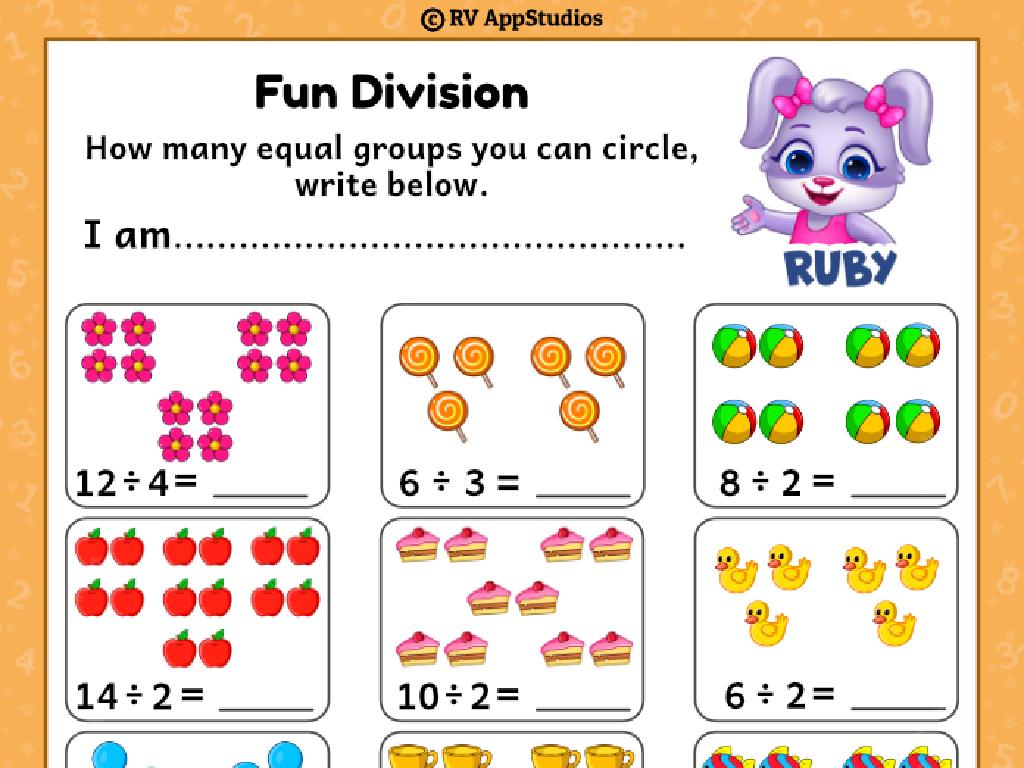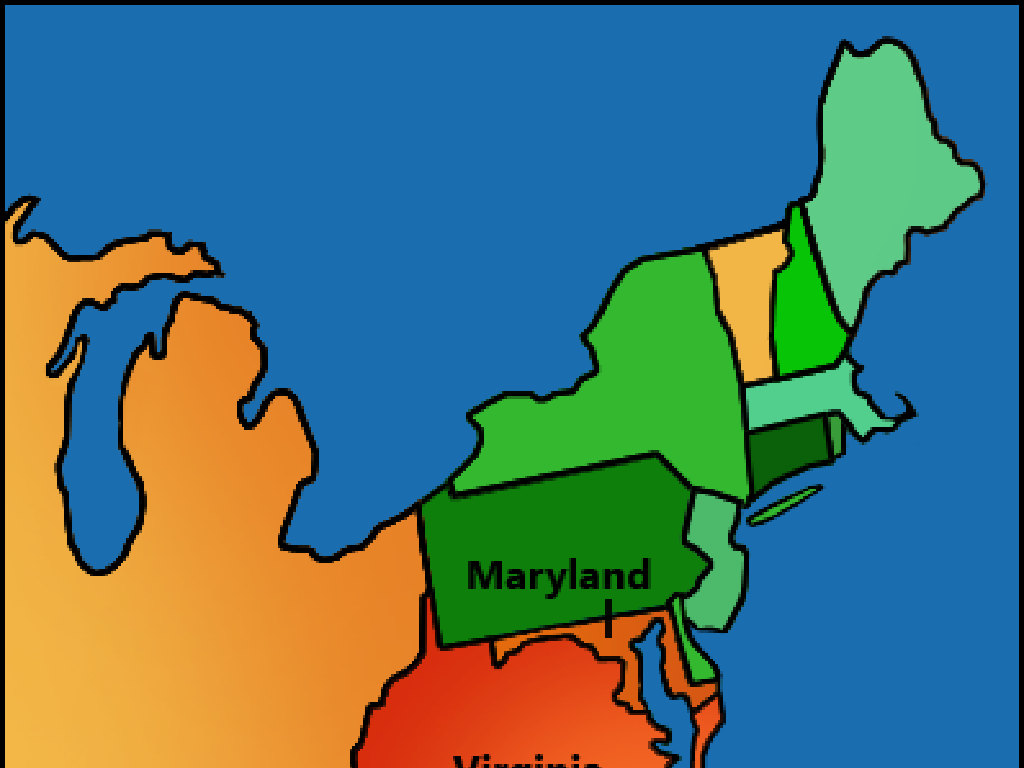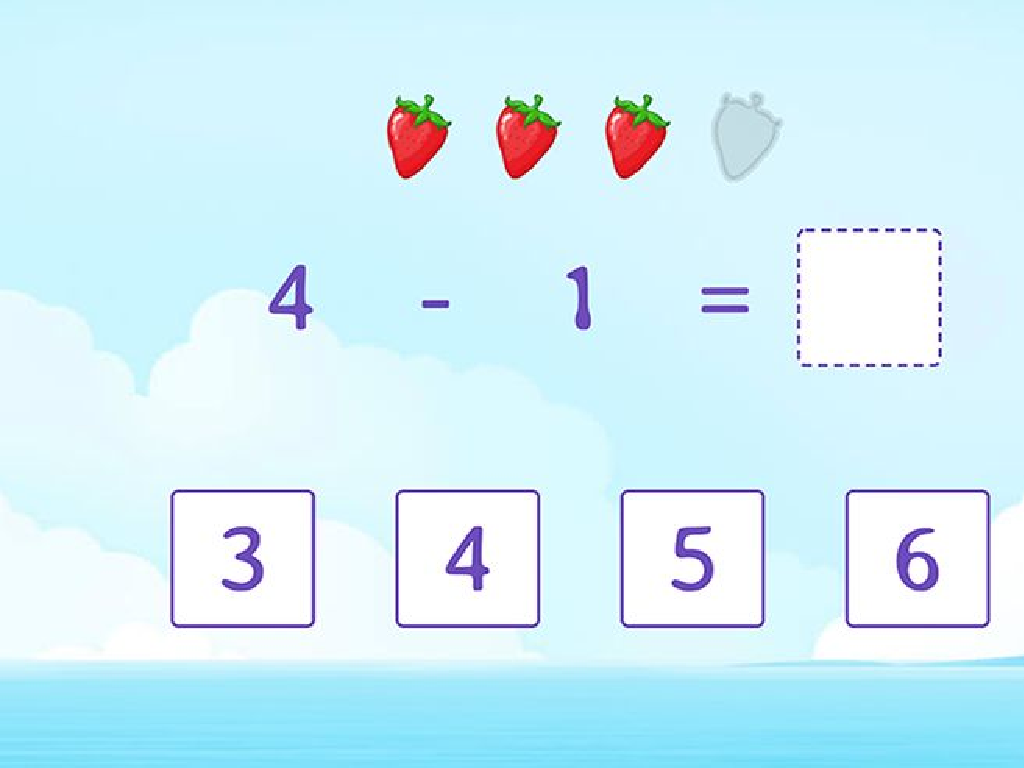Housing
Subject: Life skills
Grade: High school
Topic: Financial Literacy
Please LOG IN to download the presentation. Access is available to registered users only.
View More Content
Introduction to Housing and Financial Literacy
– Housing’s role in financial planning
– Housing is often the largest monthly expense and a key part of budgeting.
– Comparing renting and owning
– Renting offers flexibility, while owning is an investment that can build equity.
– The significance of housing
– A place to live affects our security, comfort, and overall well-being.
– Housing stability and quality of life
– Stable, quality housing contributes to better health and educational outcomes.
|
This slide introduces students to the concept of housing within the context of financial literacy. Emphasize that housing is a critical component of financial planning as it usually represents one’s largest expense. Discuss the differences between renting and owning a home, including the financial implications of each. Highlight why housing is a fundamental need and how it impacts various aspects of life, such as security, comfort, and health. Encourage students to consider how their future housing decisions might align with their personal and financial goals.
The Cost of Housing: Budgeting for Your Home
– Compare renting vs. buying costs
– Look at average prices for apartments and houses in various neighborhoods.
– Factor in utilities, insurance, taxes
– Don’t forget to add monthly bills for electricity, water, and home insurance.
– Maintenance costs are key
– Regular upkeep and unexpected repairs can add up.
– Integrating housing into your budget
– Allocate a portion of your income to cover all housing-related expenses.
|
This slide aims to educate high school students on the various costs associated with housing as part of their financial literacy curriculum. Start by discussing the average costs of renting versus buying in different areas, highlighting how location affects price. Emphasize the importance of budgeting for additional costs such as utilities, insurance, property taxes, and maintenance, which can significantly impact overall housing expenses. Guide students on how to incorporate housing costs into a personal budget, ensuring they understand the necessity of accounting for all expenses to avoid financial strain. Provide examples of budgeting scenarios and encourage students to think critically about how they would manage these costs in their future planning.
Renting a Home: Know Your Role
– Comprehend lease agreements
– A lease is a binding contract outlining rules and expectations.
– Tenant responsibilities
– Pay rent on time, maintain the property, and respect rules.
– Tips for being a good renter
– Keep communication open with landlords and neighbors.
– Avoiding rental pitfalls
– Late payments, property damage, and noise can lead to issues.
|
This slide aims to educate students on the essentials of renting a home. Understanding lease agreements is crucial as they are legally binding and dictate the terms of the rental arrangement. Responsibilities of a tenant include timely rent payments, property upkeep, and adherence to community guidelines. Being a good renter involves clear communication with the landlord and neighbors, as well as respecting the property and others’ living space. Common pitfalls to avoid include late rent payments, causing damage to the property, and creating disturbances. Discuss real-life scenarios and encourage students to ask questions to clarify their understanding of the rental process.
The Journey of Buying a Home
– Steps in the home buying process
– From house hunting to signing the final papers
– Mortgages, interest rates, and down payments
– Learn how these financial factors affect your purchase
– The role of credit scores in buying a home
– A higher score can mean better loan terms
– Tips to improve your credit score
– Pay bills on time, reduce debt, and check credit reports
|
This slide aims to provide students with a clear understanding of the home buying process, which is a significant part of financial literacy. Start by explaining the step-by-step journey from searching for a home to closing the deal. Discuss the financial aspects such as mortgages, how interest rates work, and the importance of down payments. Emphasize the impact of credit scores on the ability to secure a mortgage and the terms of the loan. Provide actionable advice on how students can improve their credit scores, such as timely bill payments and debt management. Use examples relevant to high school students, like explaining credit scores through the lens of grading – how consistent performance can improve grades over time, similarly consistent financial responsibility improves credit scores.
Investing in Real Estate: A Financial Literacy Guide
– Real estate as a long-term investment
– Property can appreciate over time, providing potential for profit.
– Understanding risks and benefits
– Consider market fluctuations, location, taxes, and upkeep costs.
– Introduction to REITs
– REITs allow investment in property portfolios, often with regular dividends.
– Diversifying with property investments
|
This slide aims to introduce high school students to the concept of investing in real estate as part of their financial literacy education. Discuss the potential of real estate to appreciate over time, making it a valuable long-term investment. Highlight the importance of understanding the risks involved, such as market volatility and the responsibilities of property ownership. Explain REITs as a way to invest in real estate without owning physical property, offering a more accessible option with liquidity. Encourage students to think about diversification in investment to reduce risk. Provide examples of successful real estate investments and cautionary tales of investments that didn’t work out as planned.
Class Activity: Budgeting for Housing
– Create a hypothetical monthly budget
– Choose to rent or buy in scenarios
– Consider factors like income, location, and future plans
– Discuss housing impact on finances
– How does housing cost influence savings and expenses?
– Relate choices to life goals
– How do housing decisions align with your personal aspirations?
|
This class activity is designed to help students understand the importance of budgeting for housing and the impact of housing decisions on their financial stability and life goals. Students will create a monthly budget for a hypothetical living situation, taking into account their income, expenses, and savings goals. They will then choose between renting and buying a home based on different scenarios provided, discussing the pros and cons of each option. The activity will conclude with a discussion on how these choices can affect their financial health and ability to achieve their life goals. Teachers should prepare diverse scenarios that reflect real-life situations and guide students to consider all aspects of housing costs, including utilities, maintenance, taxes, and insurance. Encourage students to share their thoughts and provide feedback to each other.






